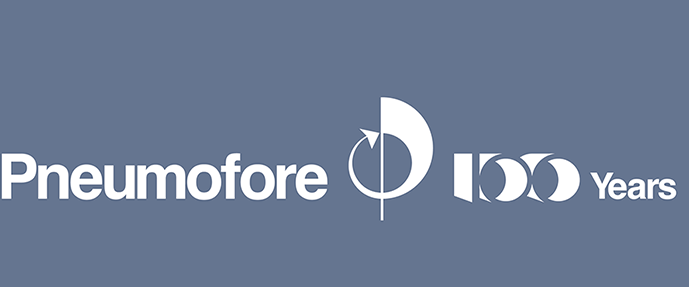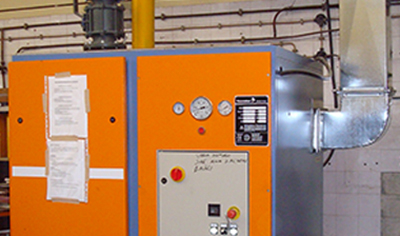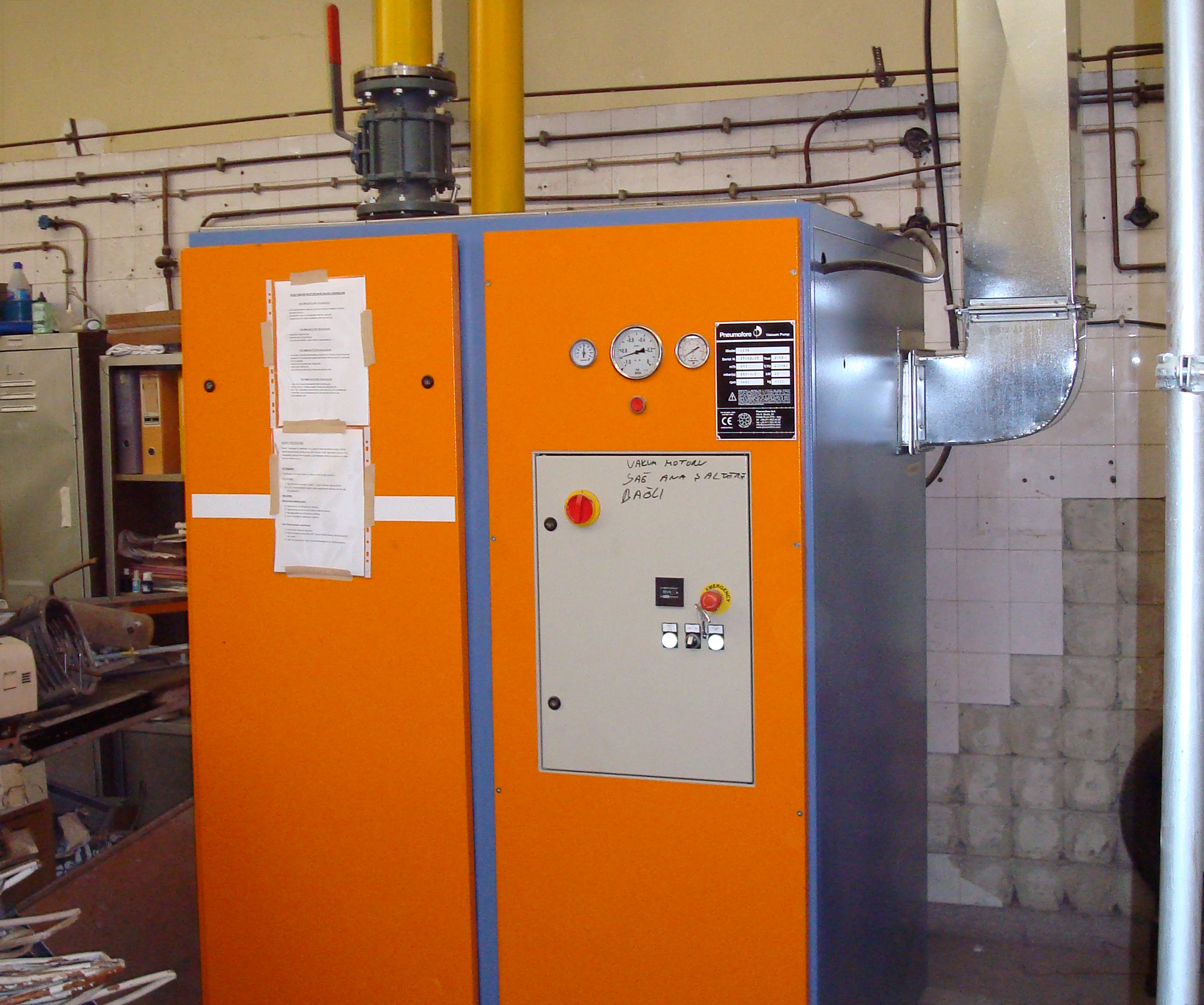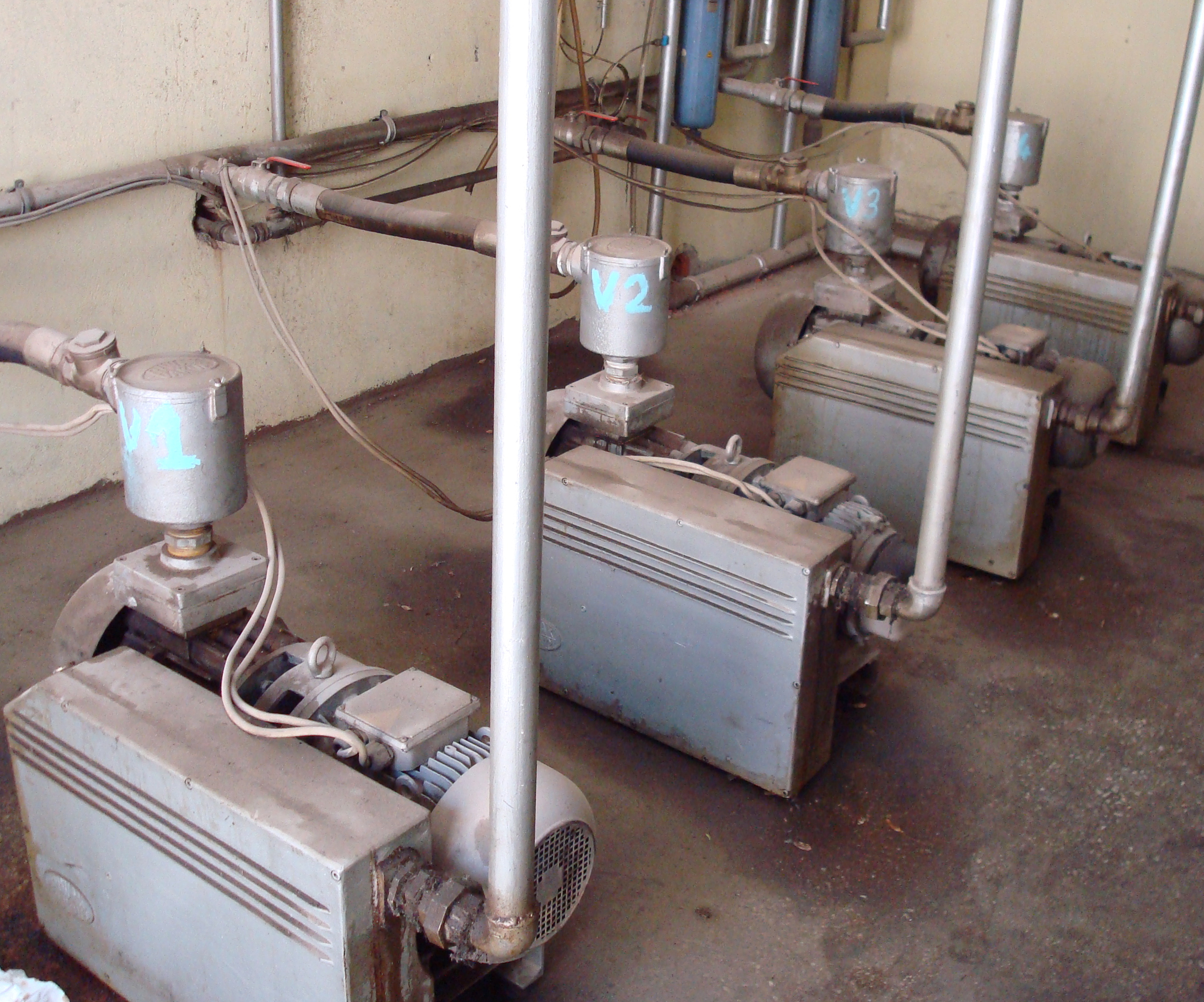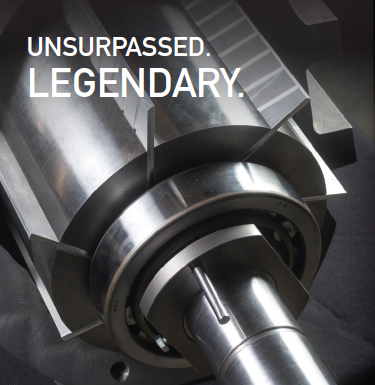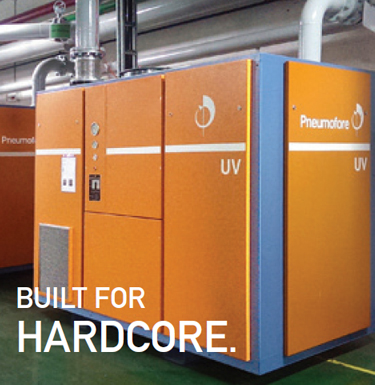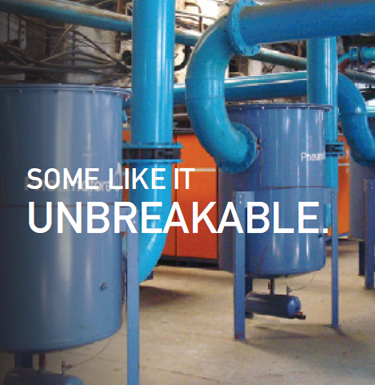Central Medical Vacuum
Large hospitals make use of vacuum for different medical applications. The frequent installation of several small dry vacuum pumps is a non-cost effective solution on the long term. Dry units require intense service and have been replaced by lubricated UV16 pumps. The vacuum is clean, line filters avoid any contamination. Less power use, less service cost, less noise are the final result.
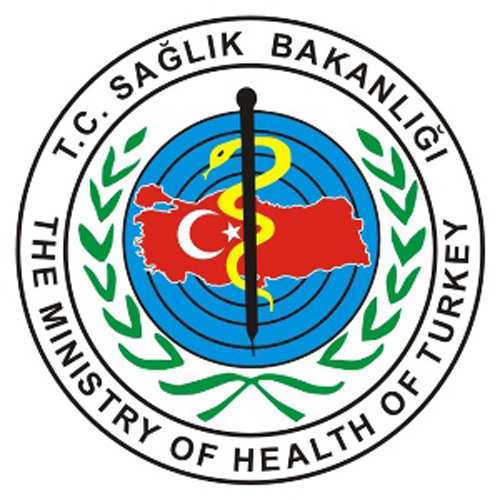
The installations here observed are in Turkey at different hospitals. The vacuum is an essential component of patient care in case of thoracic drainage, gastric empting, wound cleaning or excess blood removal during surgery, collection of body fluids and more. The suction of human, mostly liquid material and the sterile environment require dedicated vacuum systems. The vacuum pumps are usually installed as a centralized solution, but normally composed by 4 or 6 or even more machines. The back-up is crucial, but the choice of few reliable and durable vacuum pumps eliminates the risk of break-down typical for small pumps.
Oil less, self-lubricating rotary vane pumps are not contaminant free. The lubricating material of the vanes must be filtered in order not to disturb the medical applications. The size of dry vacuum pumps is quite limited, causing the installation of many small ones, each one loosing efficiency and requiring intense service to be maintained. The evident lack of mechanical engineering competence in medical institutions is abused by several suppliers who take advantage of high selling prices and frequent spare parts requirements.
On one side, the liquids coming to the vacuum pumps must be separated down to bacteriological filters so that no pump contamination appears. On the other side, the pumps shall not create any risk for the vacuum distribution in terms of whatever liquid or solid material could come from the pumps and pollute the entire system. Nowadays, filtration systems are more than evolved for both usages: a regular check and maintenance of the filters avoiding the contamination from and to the pumps is sufficient and safe.The pumps shall be of large capacity, for the continuous use 24/7 and do not need to be dry.
Depending on local regulations, two or more back-ups are required. The accurate monitoring of high vacuum expenses caused the search for a cost effective solution which Pneumofore successfully delivered and the satisfaction level after five years of continuous operation was such to replace more ‘little pumps’ with a serious, industrial solution represented by the here above pictured UV16.
The vacuum level at the pumps must guarantee enough suction power at all vacuum plugs in the entire hospital, the UV16 runs at about 80 mbar(a) and does not need the installation of additional pumps, as it occurred earlier due to the lack of vacuum. The operation is continuous and service is done once a year. Vacuum is tricky and so is the design of vacuum systems. Pneumofore offered the system engineering and achieved improvements by simple change of the pipeline dimensions.
